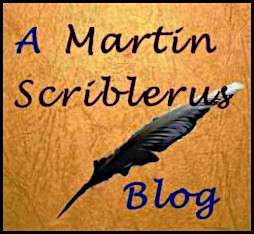Ninety-four years ago today, 22nd January 1927 was a Saturday. At the Highbury ground of Arsenal Football Club, 16,831 supporters gathered to watch Arsenal play Sheffield United in a Football League Division 1 match. While the match was an unremarkable 1-1 draw, it went down in football history. It was the first game which was covered with live radio commentary. To help listeners, the BBC printed a diagram in the Radio Times in which the pitch was divided into eight numbered sections. As the commentator described the match, he used the numbers to enable the listeners to know where on the pitch the play was taking place.
Gavin Mortimer’s A History of Football in 100 Objects quotes from a review that appeared in the Manchester Guardian the following Monday. The reviewer gave an example of the diagram numbered commentary:
“Oh! pretty work, very pretty (section 5)..now up field (7).. a pretty (5,8) pass.. come on Mercer.. Now then Mercer; hello! Noble’s got it (1,2)”
The broadcast was judged a success:
With the chart before one, it was fairly easy to visualise what was actually happening and the cheers and the groans of the spectators help considerably the imagination of the listeners.
The use of the diagram and numbers in commentary must have continued into the post-war era, for my father, born in 1936 would recall commentators telling of the game moving from section to section.
In the 1970s, live commentary was more limited than it had been fifty years previously. BBC Radio 2 began its sports coverage at two o’clock. At three o’clock, the studio would call into reporters at grounds around the country and would announce which would be the commentary match. Live coverage would not begin until the second half, just before four o’clock.
A teenage boy in a small village in Somerset would sit at the kitchen table on a Saturday afternoon and listen to every minute. Commentators became familiar voices and the reporters around the country seemed people who could bring excitement to even games that were goalless draws.
Those 1970s broadcasts were closer to the BBC of 1927 than to the blanket satellite and online coverage fifty years later. The constant flow of football stories and the nightly broadcast of matches means football has lost the specialness it had when just one-half of a match went out live on Saturday afternoon radio.
It is hard to imagine what the commentators who stood in a shed at Highbury that afternoon would have made of what the game has become.


